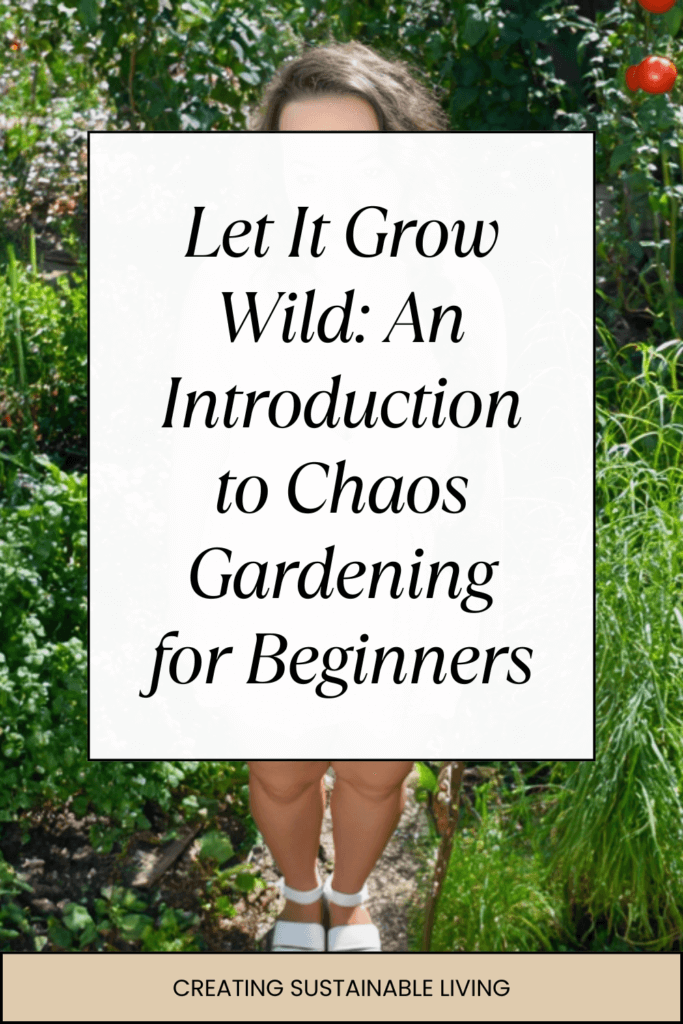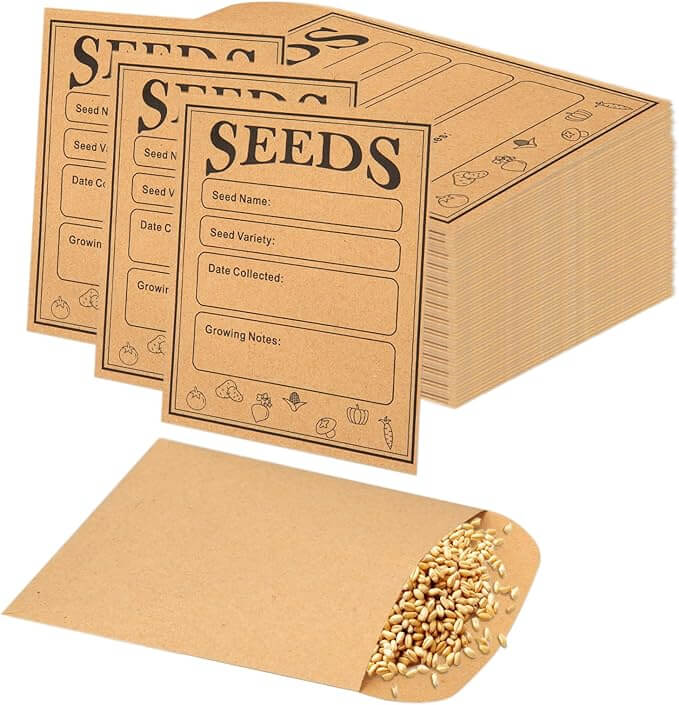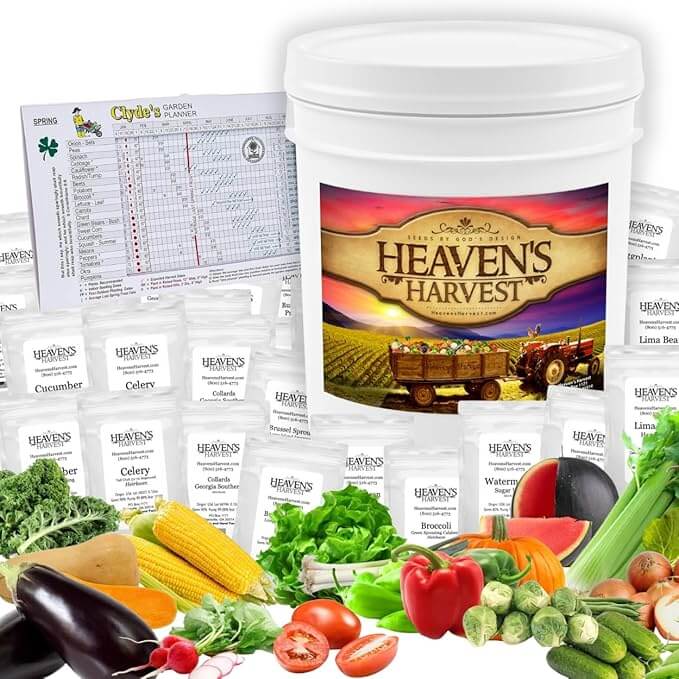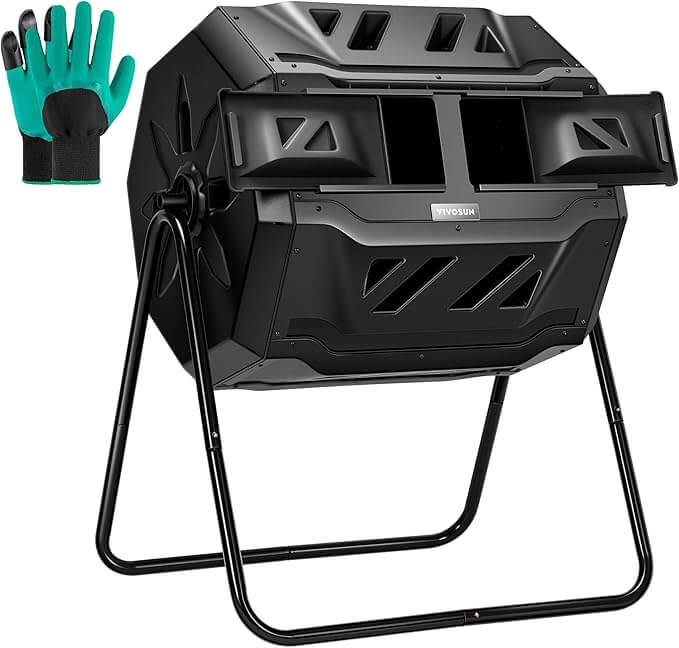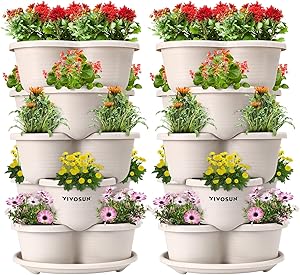Have you ever dreamt of stepping into your backyard and harvesting fresh vegetables for dinner, snipping herbs for tea, or simply enjoying a vibrant, buzzing ecosystem you helped create? For many beginner gardeners, the idea of a productive garden can feel both exciting and overwhelming. Traditional gardening often conjures images of perfectly straight rows, constant weeding, and complex schedules. But what if there was a way to cultivate abundance with less stress and more joy? Welcome to the world of self-sufficient gardening and its delightfully unruly cousin, chaos gardening – two approaches that empower beginners to grow food, support nature, and find a deeper connection with the earth, often with surprisingly little fuss.
Combining elements from both self-sufficient and chaos gardening can create a truly unique and rewarding experience, especially for beginners. Imagine a garden that provides food for your table while also supporting local wildlife, all without demanding constant, back-breaking work. Throughout this post, we’ll provide a comprehensive gardening for beginners guide, weaving in practical tips and integrating essential concepts like sustainable gardening, biodiversity in the garden, and low-cost gardening ideas. Our goal is to demystify these approaches and show you that creating a thriving, productive, and beautiful garden is within your reach, regardless of your experience level. Let’s get ready to get our hands dirty and embrace the wonderful, wild world of gardening!
The Path to Garden Self-Reliance: Building Your Sustainable Oasis
One of the most empowering skills in self-sufficient gardening is learning how to save seeds. Instead of buying new packets every year, saving seeds from your best-performing plants allows you to cultivate varieties perfectly adapted to your specific garden conditions. Saving seeds for beginners doesn’t have to be complicated. Start with easy plants like beans, peas, tomatoes, or lettuce. Observe your plants, let a few healthy ones go to seed (flower and produce seed pods or heads), and harvest the seeds once they are fully mature and dry. Research the specific methods for the plants you’re growing – some seeds need fermentation (like tomatoes), while others just need drying. Proper storage in cool, dark, and dry conditions is key. This practice not only saves money but fosters a deeper understanding of the plant life cycle and contributes significantly to garden self-reliance.
Building a self-sufficient garden is a journey, not a destination. Start small, focus on learning these fundamental skills – saving seeds, composting, conserving water, and smart planting – and gradually build upon your successes. Each step you take towards reducing your garden’s dependence on external inputs brings you closer to a truly sustainable and rewarding gardening experience, providing fresh food and a deeper connection to the natural cycles around you.
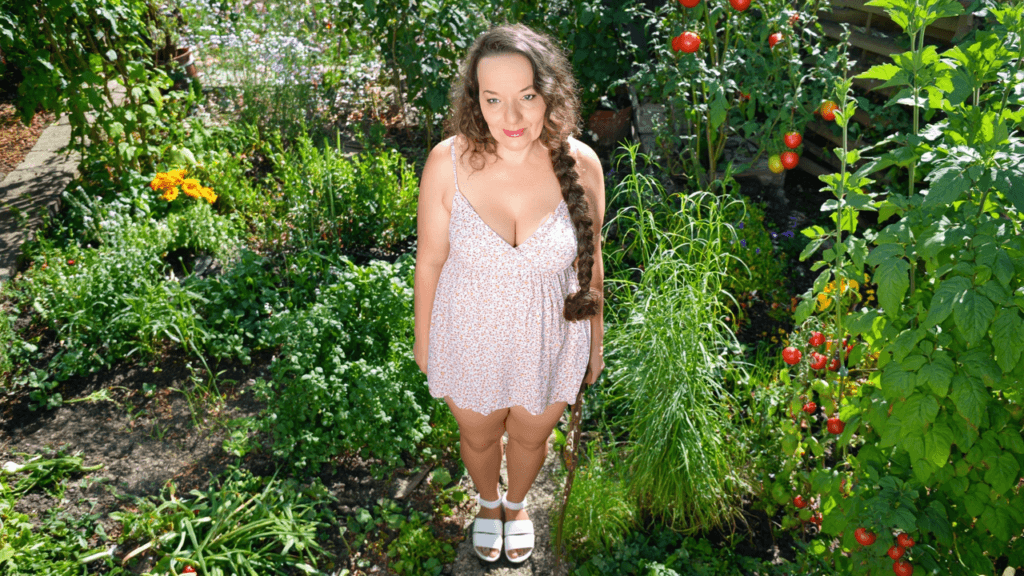
Let It Grow Wild: An Introduction to Chaos Gardening for Beginners
Weaving Your Own Garden Tapestry: Combining Self-Sufficiency and Chaos
